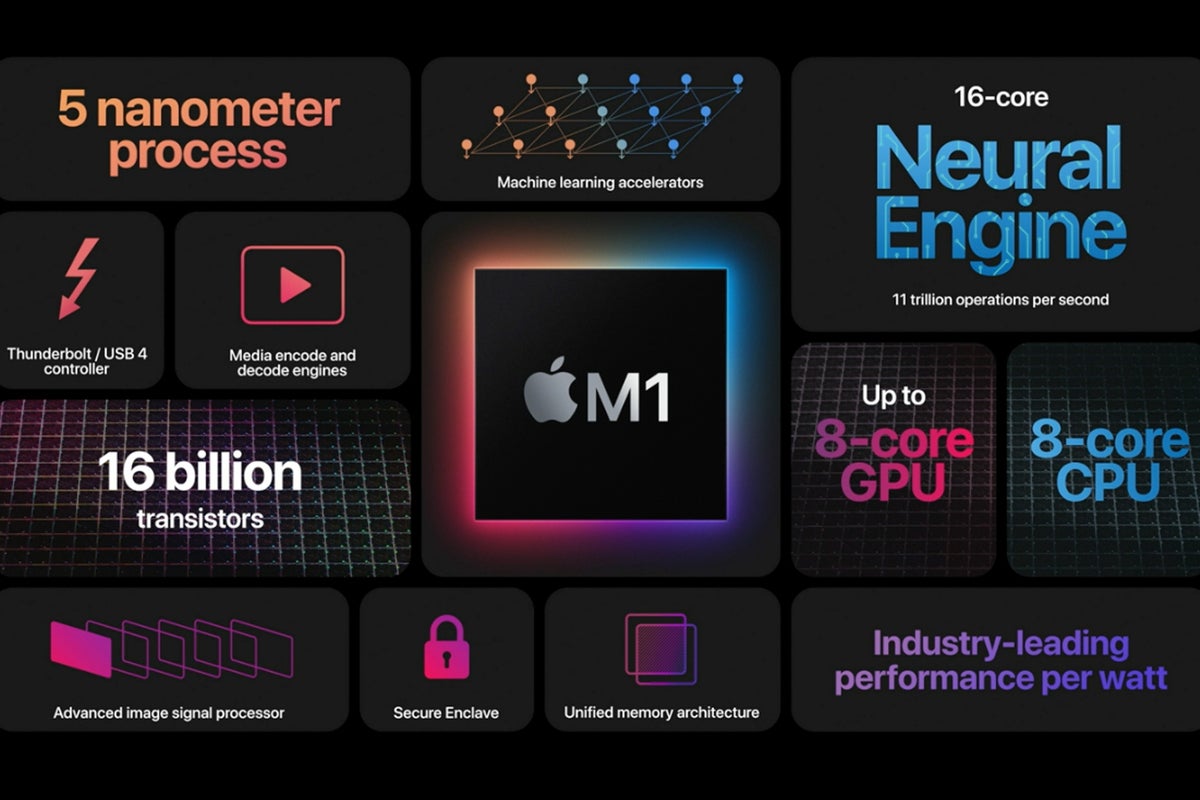
Apple announced numerous enterprise-focused enhancements in its operating systems at WWDC, all of which business users will get to use this fall. But some we’ve not looked at too closely yet include tools to balance privacy with managed IDs.
Managed Apple ID improves dramatically
Appe’s most important improvement is its all-new declarative device management system. The big idea behind this is to move device management from being reactive to becoming declarative, which gets the device itself to ensure it remains secure.
This isn’t the only way in which Apple has thought deeply about how business works, particularly around remote working and BYOD.
For me, another noteworthy illustration of Apple’s agenda is the new Sign In to Work Account screen in Settings, which lets you quickly and easily set up a Managed Apple ID on personal or shared devices. The move reflects Apple’s understanding of a need to build a barrier between use of your device for your private life, and use of the same device for work. This Managed Apple ID will be visible just like your own personal Apple ID on your device — you’ll find it listed just below your personal data in Settings.
Securing against data leakage
Apple has also thought about what you want to use an Apple ID for, so you’ll find a new section in Notes that lets you capture work-related information, and a new section in the Files app that links to your iCloud Drive for work, as well as for your own data. This is useful, as it lets you save documents and other data in your work account, which helps you maintain a gap between the two digital lives you hold on the device.
Another useful implementation on managed devices gives IT better control over how data flows between managed and unmanaged apps; it puts controls around copy and paste to prevent data from a managed account from being placed in a non-approved or unmanaged app.
A user attempting to do this will receive a warning that the operation cannot be completed because of company restrictions. IT can also delay installation of OS upgrades, but still ensure security updates are installed.
Macs will get it
The power and performance of the new Apple Silicon Macs is helping drive enterprise deployment. It means enterprise users can realistically expect a $1,000 MacBook Air will deliver the kind of high performance they only recently needed to spend over $2,000 to get.
That makes the Mac a sensible choice for any enterprise looking to upgrade employee kit while unleashing big improvements in employee satisfaction.
While it is correct that some of the latest security focused tools aren’t yet available on Mac, it’s relatively safe to assume they will be made available eventually.
Of course, as we see more Macs in the enterprise, we see more churn. Employees move on inside or outside the company, existing Macs are reassigned, and some companies make use of shared equipment. Apple has taken a significant step to improve this process.
Until now, IT has had to spend time and manually remove data from the Mac and reinstall the OS to prepare the device for sale or passing along; that’s no longer the case with macOS Monterey, which supports Remote Wipe. This works in the same way as remote wipe on iOS, erasing all user data and passcodes from the machine.
At scale, a company that needs to set 100 Macs up for sale or passing along the line will save many hours of expensive IT support time, contributing to the significant cost savings enterprises can unlock when they move to M1 Macs. Setting up and preparing used Macs for future use is one of the more time-consuming tasks IT must handle, so reducing this also reduces the costs.
And a little Apple TV
One of Apple’s quiet enterprise successes is Apple TV. The company’s decision to introduce MDM support for these devices transformed them into powerful video signage solutions. While the initial cost is high, the fact that admins can upgrade the sign remotely across multiple sites from within their MDM system is extremely useful for complex sites.
Apple TV is also seeing a lot of use in hospitals, which is why Apple quietly improved the system with something called Apple TV Remote Payload to prevent a patient in Bed A changing the channel on the Apple TV in Bed B.
Apple has a wealth of improvements for enterprise IT coming this fall. The company continues to fine tune its work, empowering IT departments with the control they need while providing users with the ease of use and familiar Apple experience they enjoy. That's the root of its success in a space that hasn't traditionally seen such high quality experiences.
Please follow me on Twitter, or join me in the AppleHolic’s bar & grill and Apple Discussions groups on MeWe.
"save" - Google News
July 30, 2021 at 10:36PM
https://ift.tt/3j7E6cz
Apple’s BYOD improvements will save time for IT - Computerworld
"save" - Google News
https://ift.tt/2SvBSrf
https://ift.tt/2zJxCxA
Bagikan Berita Ini















0 Response to "Apple’s BYOD improvements will save time for IT - Computerworld"
Post a Comment